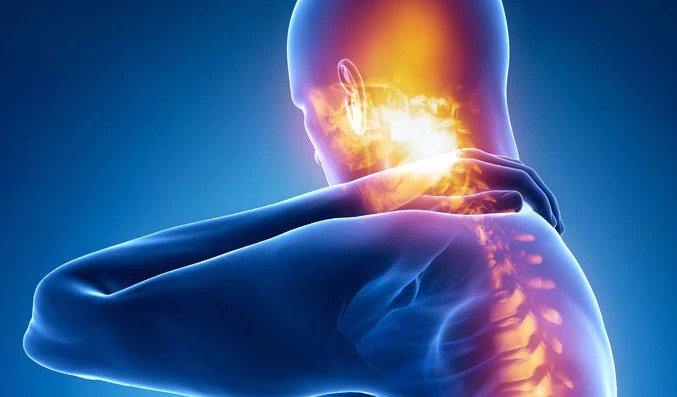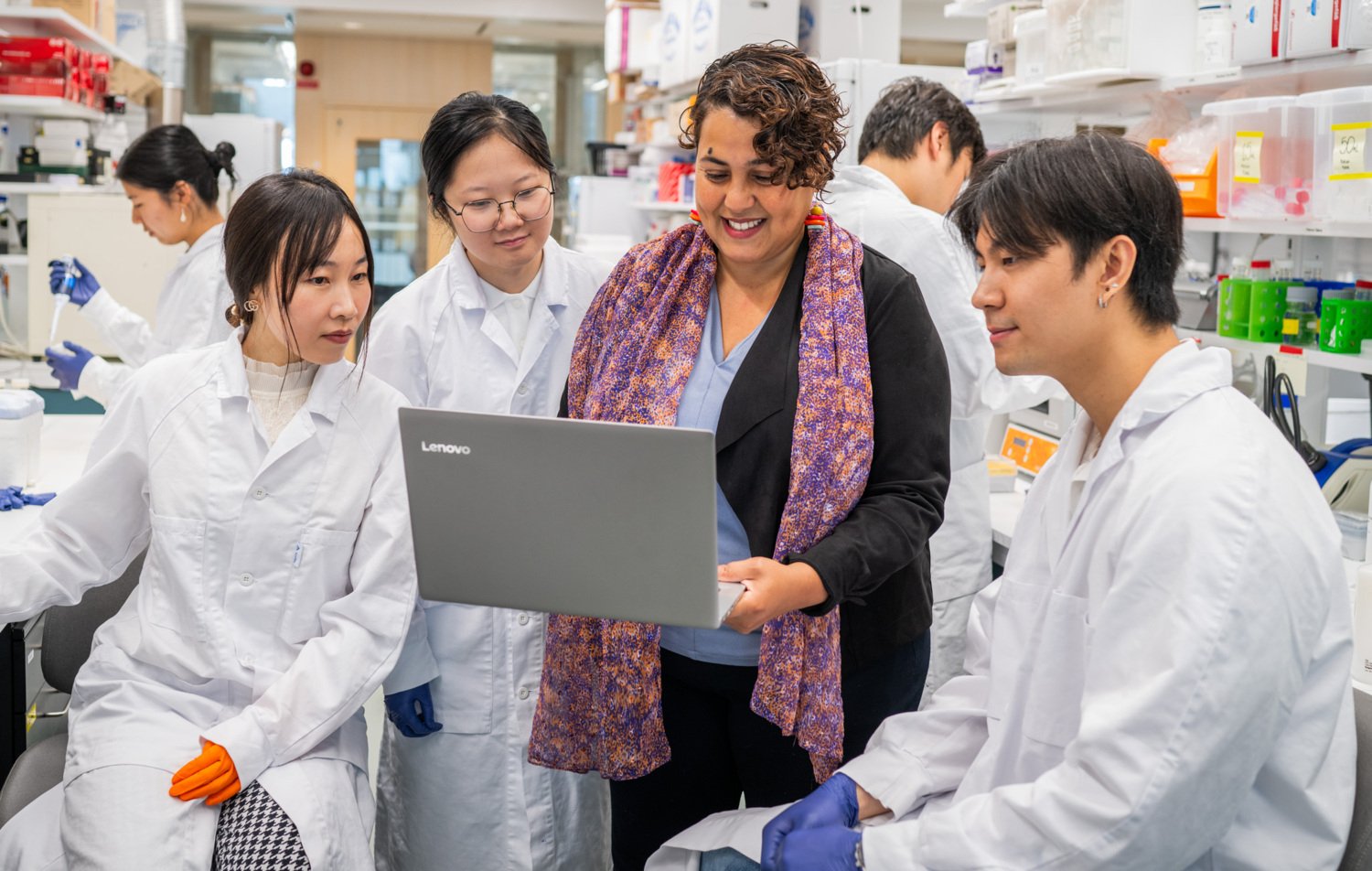New study brings hope to patients with chronic pain

Researchers at Karolinska Institutet have developed a new comprehensive mapping of genetic activity for understanding the causes of chronic pain. The study, published in Nature Communications, opens way to more efficient non-addictive treatment for chronic pain and potentially headache disorders.
Researchers have long struggled to understand the complex mechanisms behind neuropathic pain after nerve injury – a global problem affecting millions of people. Current treatment often relies on opioids, which are associated with limited effectiveness and numerous side effects, including the risk of addiction.
Although new medications are being tested in clinical trials, they generally focus on targeting a single pathway within a broader and complex pain phenotype.
Innovative pain atlas
The scientists behind the new study have developed an innovative atlas of the somatosensory system during neuropathic pain called iPain, focusing on the dorsal root ganglia and trigeminal ganglia.

“Our atlas combines data from multiple sources and various chronic pain models. This comprehensive approach allows us to analyse how cells of the somatosensory system change throughout the development of chronic pain condition”, says Saida Hadjab, principal researcher and research group leader at the Department of Neuroscience, Karolinska Institutet, who led the study.
Now available on CellxGene (iPain), this atlas offers valuable resources for future pain research.
“Using our atlas, we identified different pain-related phenotypic states of nociceptors (pain-sensitive nerve cells) that are consistent across different pain models”, says Prach Techameena, PhD student in neurobiology in the Hadjab Lab at KI.
The findings led to the discovery of a specific state that marks the persistence of pain in all chronic pain models analysed.
Recovery from pain behaviour
The team explored the therapeutic potential of targeting senescent cells in mice using established senolytic compounds and novel proteolysis-targeting chimeras (PROTACs).
“Administering the treatment one week after injury resulted in complete recovery from pain behaviors, with no adverse effects on anxiety, balance, motor function, or blood cells”, says Xiaona Feng and Kaiwen Zhang, respectively postdoc and PhD student in the Hadjab lab.
The research team hopes these discoveries will benefit patients suffering from severe chronic pain, including trigeminal neuralgia, and cluster headache, for whom treatment options remain limited.
They also hope to attract interest across multiple scientific disciplines and contribute to strengthening Karolinska Institutet´s position in pain research.
The research was supported primarily by the National Genomics Infrastructure in Stockholm, Hjärnfonden, the Wenner-Gren Foundations and the Swedish Research Council. See the study for reported conflicts of interest.
Publication
“The single-cell transcriptomic atlas iPain identifies senescence of nociceptors as a therapeutical target for chronic pain treatment”, Prach Techameena, Xiaona Feng, Kaiwen Zhang, Saida Hadjab, Nature Communications, online 4 October 2024, doi: 10.1038/s41467-024-52052-8.
